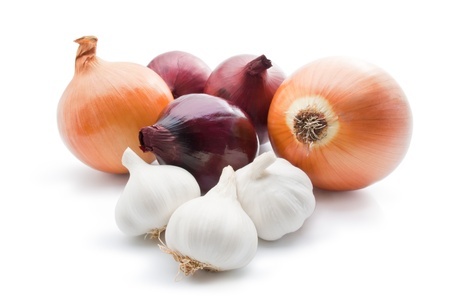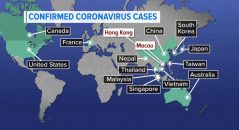 Following a low FODMAPs diet could reduce your digestion distress. If you’ve been diagnosed with IBS, it might be wise to consider modifying your diet in order to relieve symptoms. FODMAPs is an acronym used to describe particular groups of carbohydrates that are poorly absorbed by the small intestine. When FODMAPs are not absorbed by the small intestine, they move on to the large intestine where they will be fermented by bacteria living within your gut.
Following a low FODMAPs diet could reduce your digestion distress. If you’ve been diagnosed with IBS, it might be wise to consider modifying your diet in order to relieve symptoms. FODMAPs is an acronym used to describe particular groups of carbohydrates that are poorly absorbed by the small intestine. When FODMAPs are not absorbed by the small intestine, they move on to the large intestine where they will be fermented by bacteria living within your gut.
How does the body react to FODMAPs?
For many people the fermenting of FODMAP containing foods in the large intestine will be well tolerated. However, some individuals will experience adverse side effects. When bacteria ferments nutrients in the gut, the process will produce gas as a byproduct. The type of gas created in this process is determined by the type of bacteria living your gut. In some cases the gas produced by the bacteria will cause abdominal distress in the form of gas, bloating, constipation or diarrhea.
In some instances FODMAPs will remain in the large intestine unabsorbed. The presence of these carbohydrates will cause your colon to draw in a lot of water. Some people will experience gas, bloating, diarrhea and constipation as a result of having more water in their colon.
What foods are high in FODMAPs?
Avoiding food that are high in FODMAPs could put an end to your digestion woes. Below is a list of some common foods that are high in FODMAPs. Note: this is not an exhaustive list of all high FODMAPs foods. Visit the Monash university website to find a more detailed list.
Foods high in Fructose
Fruits: apples, cherries, grapes, mango, pears, watermelon, ripe bananas, dried fruits Vegetables: artichoke, asparagus, sugar snap peas, tomato sauces, tomato paste
Sweeteners: agave syrup, honey, high-fructose corn syrup Drinks: fruit juices, soda, energy drinks, sweet wines
Foods high in lactose
Dairy: Milk, yogurt, cheese
Foods high in galactants
Legumes: beans, soy beans, soy products
Foods high in fructants
Vegetables: cabbage, garlic, Jerusalem artichoke, leeks, okra, onions, shallot, snow peas, radicchio, tomato sauce, tomato paste, beetroot, broccoli, Brussels sprouts, butternut pumpkin, fennel, green peas, sauerkraut
Other: chicory root, inulin, prebiotic, onion powder, garlic powder, pistachios, coconut sugar/nectar
Foods high in polyols
Vegetables: snow peas, avocado, cauliflower, celery, mushrooms, sweet potatoes/yams
Fruits: apricots, blackberries, cherries, nectarines, peaches, plums, pears, persimmon, watermelon
Sweeteners: sorbitol, mannitol, xylitol, isomalt, sugar alcohols
How do I start eating a low FODMAPs diet?
A low FODMAPs diet should be observed in two phases. For the first 6-8 weeks, the diet should involve a rigid restriction of all high FODMAPs food. In the second phase, the dieter should reintroduce high FODMAPs foods into the diet one at a time to see if any undesirable symptoms return.
It’s important to understand that foods low in FODMAPs are not necessarily healthy foods and many high FODMAPs are, in fact, very nutritious. In addition to monitoring your FODMAPs intake, be sure to eat plenty of vegetables, fruits, whole unprocessed grains and meats. Reducing your consumption of FODMAPs might help you successfully manage IBS or other digestion disorders. Consult a medical professional if you would like to try modifying your diet to treat IBS.






